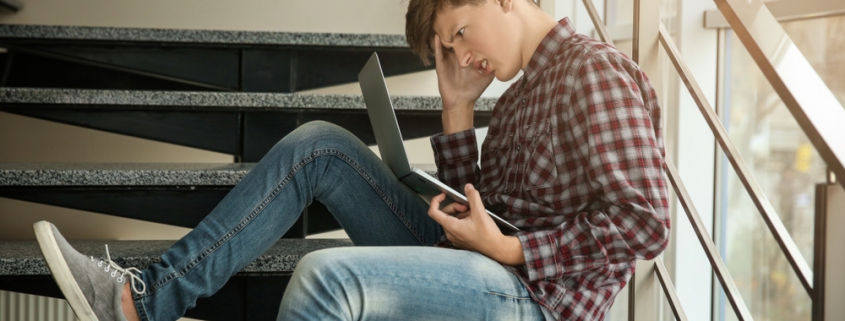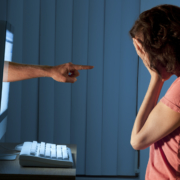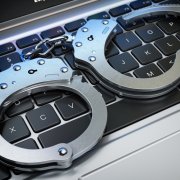Bullying on Social Media is Real: Here’s What you Need to Know
Social media is an excellent way to keep in touch with friends and even discover new ones, not to mention a great means of staying on top of all the latest news, music, movies, and trends. However, platforms such as Facebook, Twitter, and Instagram also have a darker side: cyber bullying.
Whether or not you have experienced this sort of behaviour online, bullying on social media is real and something you need to know about. Let’s take a look at a few key insights to help you be more informed and prepared.
A Significant Amount of Online Bullying Involves Direct Threats to Personal Safety
One of the most disturbing statistics about this issue is that around 32-percent of online bullying, including on social media, involves a direct threat to personal safety. This can range from overt threats of violence to implied harassment or intimidation. Although these threats may not always result in physical violence, they often leave whoever receives them feeling scared, alone, and paranoid. If left unchecked, this can have a negative effect on the victim’s mental well-being.
Using Social Media to Bully Someone is Illegal
Using social media to bully someone comes with serious consequences. The maximum penalty for online harassment or intimidation is a $30,000 fine or three years in prison. This is something that’s worth remembering if you or someone you know is being bullied, or if you have engaged in online bullying behaviour yourself.
There’s Been a Significant Increase in Social Media Bullying Incidents
Between 2017 and 2018, there was a 63-percent increase in complaints to law enforcement agencies about social media bullying. The Australian government is especially concerned by Facebook, as the platform can take up to 48 hours to remove a hurtful message or picture that has been made public.
Facebook is also a bit secretive about the number of support staff working in its Australian branch. As such, all of us need to take a proactive approach in discouraging, flagging, and removing harmful posts when we become aware of them.
Australia has Become the Facebook Bullying Capital
Globally, Australia is now the Facebook bullying capital, ranking number one in terms of bullying on social media networks and fifth for cyber bullying overall. Also, while Australian children are less likely to encounter bullying via email and online chatrooms, they are also more likely to be bullied on social media networks than children of any other country.
Girls Might Be More Likely to Report Bullying than Boys
Around 75-percent of the children who responded to this bullying survey by Relationships Australia, an organisation that aims to build healthy relationships, were female, which could imply that more girls are bullied than boys. However, this may also mean that girls are more comfortable with reporting bullying, may it be on social media or offline, than boys are. That said, all of us need to watch out for the signs of bullying in any form, regardless of gender, and promote an open and honest environment as we work to stop bullying online.
Instagram is Taking a More Direct Approach to Reducing Social Media Bullying
Although Facebook’s slow response to social media bullying may feel concerning, Instagram is taking a proactive approach to reducing harmful incidents. For example, the social media network is now using advanced technology to detect and remove split photos in which one person is unfairly compared to another.
Instagram also searches out images with hateful captions and posts that encourage users to rank and review those in the pictures. By banning such images, Instagram can prevent social media users from uploading someone else’s photos for hateful purposes.
Knowing key pieces of information such as these can help us prepare for and deal with cyber bullying with the right mindset. At Starshell Student, we take social media bullying seriously and work with people of all ages to stamp it out. This is why our cyber bullying safety tool plays an important role for young people and students in Australia. Our platform is designed to detect, filter, and block online content which might be tagged as a form or bullying before they cause harm, as well as provide education and support in the fight against cyber bullying. To learn more about what we do, please don’t hesitate to contact us for more info.








